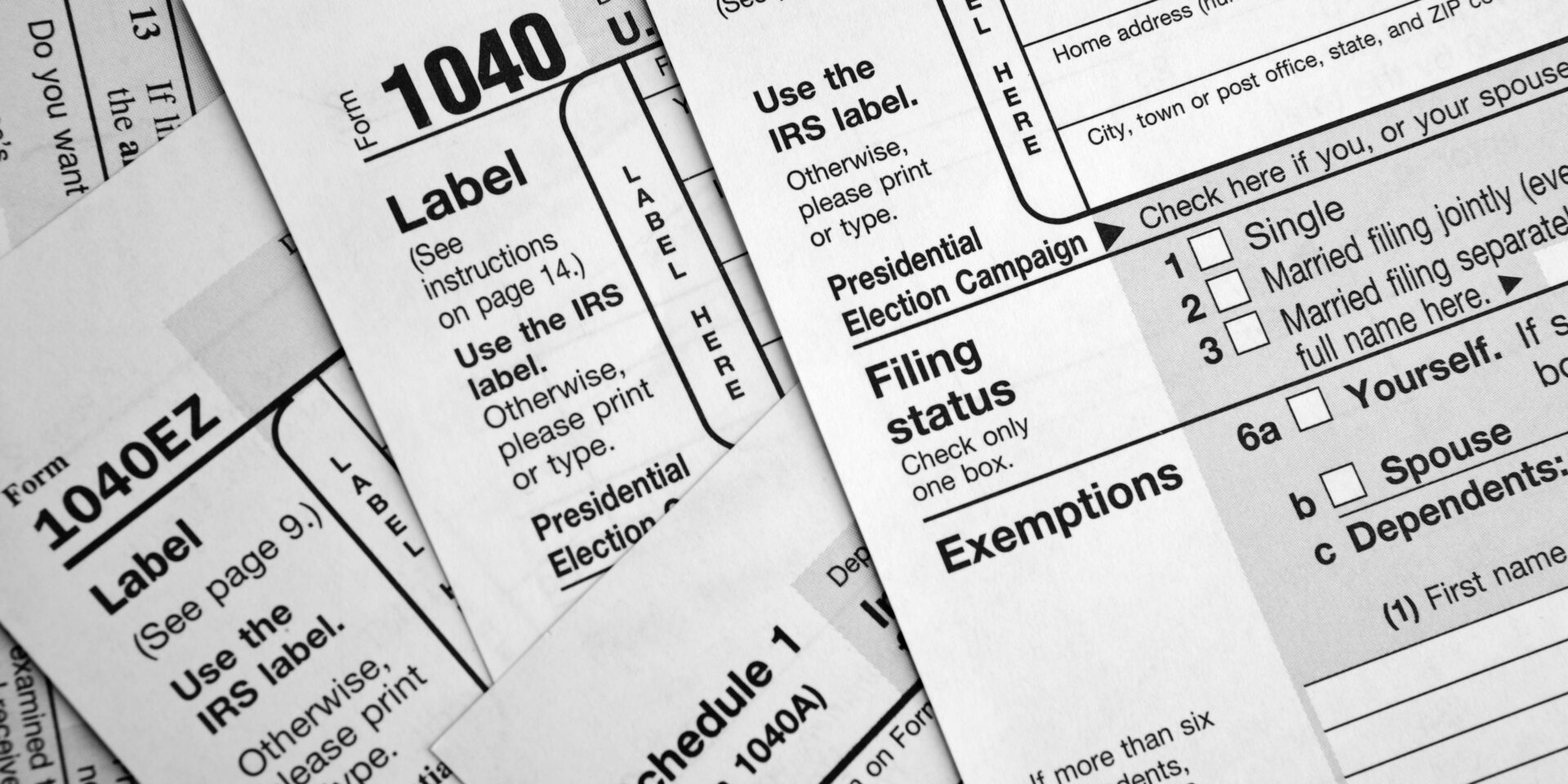Language:
How to File an Extension for Taxes

Worried about the fast-approaching deadline to file your taxes this year? You’re not alone. Even though this happens every year, many people are always caught off guard or are just not ready to accurately file their taxes. If you have unique circumstances, experienced an unexpected event or are just really busy at this time, you can automatically be eligible to get an extension on your due date for filing your taxes, with no payment penalty, as long as you follow the steps for an extension request outlined below.
What Is a Tax Extension?
There are a few reasons you may need to file a tax extension. It may be that you need more time to track down tax documents, experience an unexpected life event or are just overall busy. If you find yourself unable to file your taxes by April 15, you can file an extension to complete your 2022 taxes before the deadline, which is Oct. 16, 2023.
How to Determine if You’re Eligible for Tax Extension
Overall, everyone is eligible to get an extension on their taxes, but that does not mean you get an extension on paying your tax payment. You will complete a 4868 form to file for your extension, and the IRS does not ask you for a reason as to why you want the extension.
4 Steps to File for Tax Extension
Sometimes life is busy or something unexpected happens and you just need some additional time to get everything together for your tax filing. Having an extra six months to ensure you have all the documentation you need can be a huge relief. So, how do you go about actually getting an extension?
Obtain the Proper Tax Extension Form
The form that must be filed for a tax extension depends on the type of tax being extended. If you are needing an extension for your personal taxes, you will need to complete Form 4868, which can be obtained from the Internal Revenue Service (IRS) website or a tax preparation software package. If you are filing for your business, you will need to file Form 7004. There are a few additional forms on the IRS website for different circumstances, including U.S. residents abroad or U.S. estate taxes, that require a different form other than what is listed. Most people will just need a 4868 or 7004 form.
Fill Out the Form
Form 4868 is pretty simple to fill out and asks for basic information, such as the filer’s name, address and Social Security number. In addition, the filer will need to provide the estimated tax liability for the year. This information can usually be found on Form 1040 if you are unsure. If the filer will be paying the taxes due, the amount of the payment should be indicated on the form.
Submit the Form
The form can be submitted electronically or via mail. If filing electronically, the IRS website will provide instructions for how to do this, and they use a system called Free File to complete. It is important to note that even if the form is filed electronically, a paper copy of the form must also be mailed to the IRS. A list of addresses where to send your form can be found at the bottom of your Form 4868.
Pay Any Taxes Due
If the filer can pay the taxes due in full, the amount should be included with the tax extension form. If the filer is unable to pay the taxes due in full, the amount of the payment should be indicated on the form. The IRS will then determine the amount of the penalty and interest that will be due.
Prep for October 15
Filing an extension on your taxes is very simple and shouldn’t give you as much of a headache as filing your taxes in general. The steps outlined above provide step-by-step directions to ensure you aren’t missing anything and won’t be penalized or have to pay late fees for filing your taxes past the April 15 deadline.
But, we all know that sometimes it can be hard to get things together even with the extension because let’s face it, taxes can get complicated. If you are done with keeping things organized and feel like you are behind on your taxes, let our doola bookkeeping services handle all the stress and mess of personal and business taxes, so you don’t have to.
FAQs
Is it easy to file a tax extension?
Filing a tax extension is so simple. You only need to fill out Form 4686 for personal taxes or Form 7004 for business taxes. All it takes is filling in a few basic pieces of information.
Can your CPA file an extension for taxes?
Yes! If you are working with a CPA or tax professional, they are able to file for an extension on your taxes.
Can you file an extension for corporate tax returns?
Yes! You can use Form 7004 to file for an extension on corporate taxes.
Keep reading
Start your dream business and keep it 100% compliant
Turn your dream idea into your dream business.

















